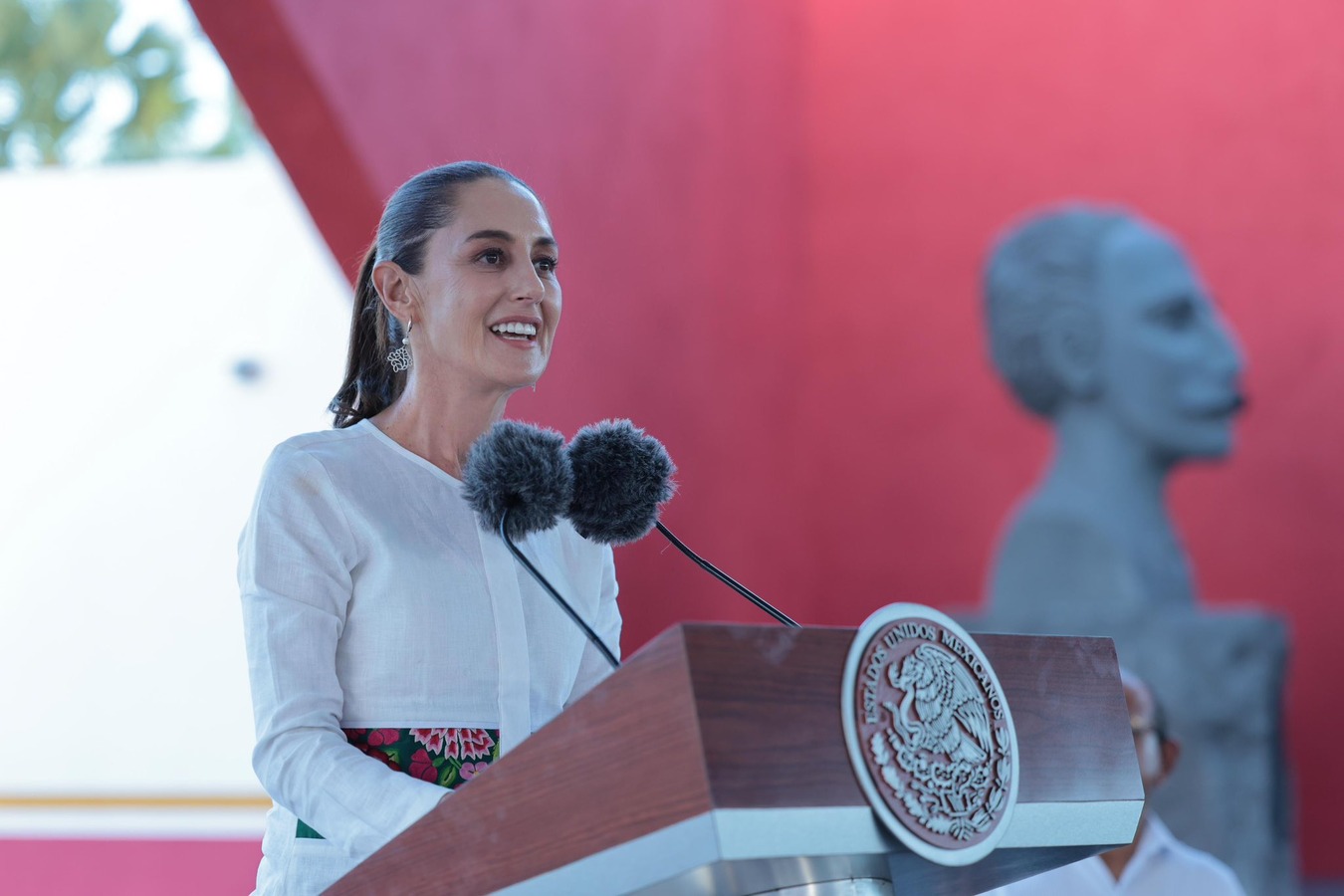LatAm in Focus: Explaining Mexico's National Guard
LatAm in Focus: Explaining Mexico's National Guard
By
Carin Zissis
President Andrés Manuel López Obrador inaugurated a new force to tackle runaway violence. UCSD’s Cecilia Farfán-Méndez covers what is—and isn’t—new about the National Guard.









